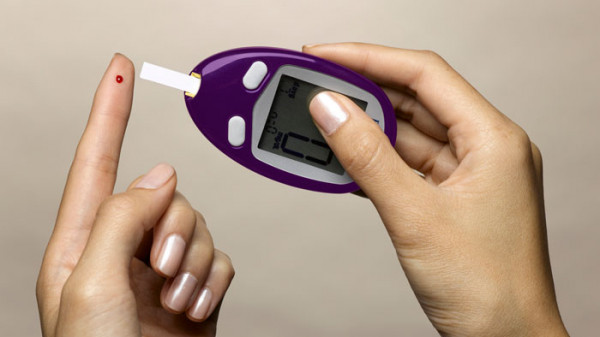
Diet and exercise are two of the most critical components of diabetes management. Together, they help regulate blood glucose levels, improve insulin sensitivity, and reduce the risk of complications associated with the disease. While medications and insulin therapy play important roles, lifestyle modifications in diet and physical activity can have a profound impact on controlling diabetes, particularly for individuals with Type 2 diabetes. This article explores the essential role of diet and exercise in diabetes management, offering practical tips and guidelines for individuals seeking to improve their health and well-being.
Importance of Diet in Diabetes Management
Diet is a cornerstone of diabetes management. The foods we eat directly influence blood glucose levels, which is why understanding proper nutrition is key to controlling diabetes. Maintaining a balanced diet can help stabilize blood sugar levels, reduce the need for medications, and promote overall health.
Carbohydrate Management
Carbohydrates have the most significant effect on blood sugar levels since they are broken down into glucose during digestion. Therefore, individuals with diabetes need to monitor their carbohydrate intake carefully. Carbohydrates are found in foods such as grains, fruits, vegetables, dairy products, and sugary foods.
Choose complex carbohydrates: Foods like whole grains, legumes, and non-starchy vegetables contain complex carbohydrates, which are digested more slowly and result in a gradual rise in blood sugar.
Limit refined carbohydrates: Foods such as white bread, pasta, sugary drinks, and processed snacks contain refined carbohydrates, which can cause rapid spikes in blood sugar levels.
Carbohydrate counting: Many people with diabetes use carbohydrate counting to determine the right amount of carbohydrates to consume at each meal, which helps in managing blood glucose levels.
Glycemic Index
The glycemic index (GI) measures how quickly a carbohydrate-containing food raises blood glucose levels. Foods with a low GI cause slower, more controlled rises in blood sugar, making them preferable for individuals with diabetes. Examples of low-GI foods include:
Lentils and beans
Sweet potatoes
Non-starchy vegetables
Whole grains like barley and oats
Protein and Fats
Protein and healthy fats play essential roles in diabetes management as they do not raise blood glucose levels directly. Including adequate amounts of protein in each meal can help stabilize blood sugar and reduce hunger. Lean protein sources include:
Chicken, turkey, and fish
Eggs
Low-fat dairy products
Legumes and tofu
Healthy fats, such as those found in avocados, nuts, seeds, and olive oil, can also promote better blood sugar control. It is important to avoid unhealthy fats, such as trans fats found in processed foods and excessive saturated fats from red meat and high-fat dairy products.
Meal Planning
Meal planning is vital for individuals with diabetes to maintain consistent blood sugar levels throughout the day. Incorporating balanced meals with appropriate portions of carbohydrates, proteins, and fats can prevent large fluctuations in glucose levels. Tips for successful meal planning include:
Portion control: Using smaller plates or measuring out food can help control portion sizes.
Regular meals and snacks: Eating smaller, frequent meals can prevent blood sugar spikes and crashes.
Balanced plate method: Filling half the plate with non-starchy vegetables, a quarter with lean protein, and a quarter with whole grains or starchy vegetables can help create a balanced and nutritious meal.



